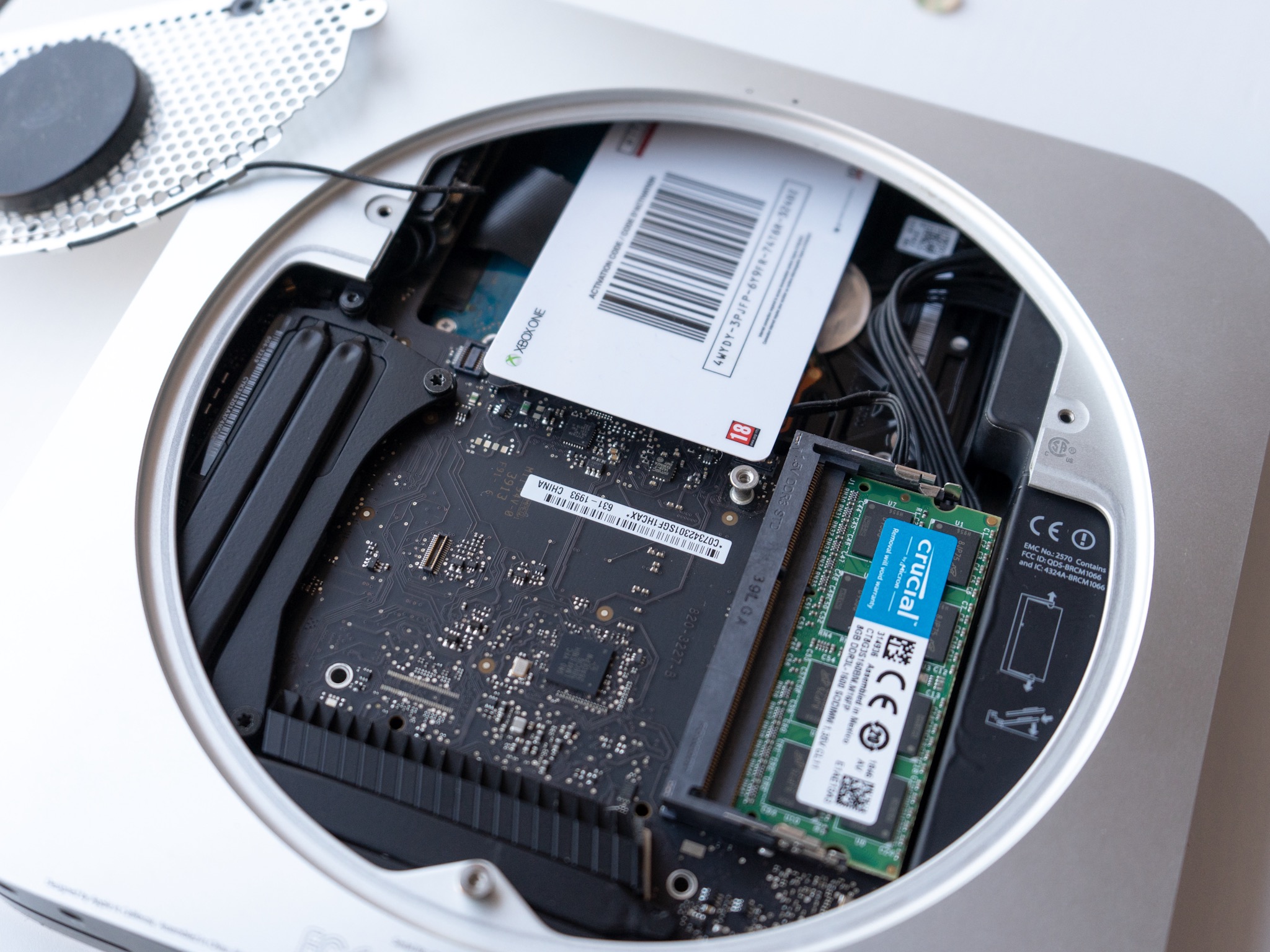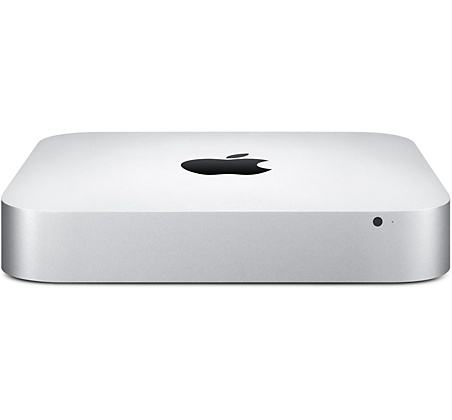- Mac Mini Late 2011 Catalina
- Mac Mini Mid 2011 Upgrade To Catalina
- Mac Mini Mid 2011 Upgrade To Catalina Download
- Can I Install Catalina On Mac Mini 2011
Upgrading from Mac OS X Older Versions. Any older versions of Mac OS X 10.7-10.10 have to first upgrade to Mac OS X El Capitan 10.11 version before upgrading to macOS Catalina, which you can download from Apple’s Catalina download page. To do this, follow these steps: Launch the System Preferences menu, and thenselect Software Update.
A fresh start is not a challenge in the Mac universe. Quite the opposite, getting a macOS upgrade every September marks a surge of new features and functionality enhancements—all coming right your Mac’s way.
Apple introduced the perks of macOS 10.15 at the 2019 WWDC, and lots of features have been tested and discussed since then. A dual monitor available with the Sidecar feature, the Photos app update, and a brand-new iTunes made the show this year. Lots of features migrate from iOS, the others appear for the first time. If you’re wondering why Catalina is worth an upgrade, check the full list of killing features here.
Traditionally, there are two stages at which you can try macOS Catalina before it’s officially released. Starting June, there’s a developer beta available, and about a month later—a public one.
In other words, everything your NLE does in Catalina, it will do in Big Sur. So you aren’t missing any features by waiting to upgrade. Second, never upgrade in the middle of a project. Facing a deadline is a terrible time for a significant upgrade. Something always goes wrong, which takes time to fix. You could try that app gfxcardstatus that let's you use the integrated graphics or the descrite GPU when you want but the app is made for MacBook pros but you could try it. MacMini mid-2011, thanks if you have info:) 2. I too tried Big Sur on my 2011 Mac Mini Server with 16GB RAM and an SSD as the main drive. The screen is slow. However, I am noticing under the 'system information' it only has about 7MB of Video RAM. This is odd and it appears to be the cause of the slow screen. Upgrade to macOS Catalina. When you upgrade to macOS Catalina, you get more of everything you love about Mac. Experience dedicated apps for music, TV, and podcasts. Smart new features in the apps you use every day. And Sidecar, which lets you use iPad as a second Mac display. Best of all, upgrading is free and easy.
Ready to dive in? Give us a second to get you ready.
Take all your apps to macOS Catalina
Get Setapp, a suit of Mac apps that strengthen your macOS. When you decide to upgrade, your curated apps will travel with you.
A few things before you switch to Catalina
Your to-do list for the upcoming upgrade:
Ensure your device is compatible. As usual, there’s a limited number of Apple devices that support macOS 10.15. It’s not too different from what we had last year, but take a look anyway. Sometimes the reason why you can’t upgrade lies on the surface:
- MacBook Air (2012 or newer)
- MacBook (2015 or newer)
- MacBook Pro (2012 or newer)
- Mac Pro (2013 or newer)
- Mac mini (2012 or newer)
- iMac (2012 or newer)
- iMac Pro (all models)
- Say goodbye to 32-bit apps. Mojave was the first macOS to stop admitting 32-bit apps to the App Store and the last to support them. In Catalina, you’ll have to limit your Mac to 64-bit applications only. Once you install macOS 10.15, you’ll be warned about 32-bit apps not working on your Mac any longer. CleanMyMac X will help you quickly filter applications by 32-bit and get rid of them:
- Backup valuable data. When we’re too excited, we tend to rush things. Remember though, that a new macOS means a new start—wiping away the past. To keep your data safe, create a backup before upgrading. You can use Apple’s in-built Time Machine or more advanced tools like Get Backup Pro if you want a bootable backup.
- Clean up your Mac. You need to free up some space for your new macOS. Even if you have enough, running a cleanup is a nice way to start a clutter-free life in Catalina. From redundant apps to caches and leftovers, you can remove any unnecessary items with CleanMyMac X.
How to install a developer beta of macOS Catalina
Downloading and installing macOS Catalina developer beta is an easy deal if you have a Developer account. Here’s how it works:
- Go to developer.apple.com and click Account in the top menu bar.
- Sign in with your account credentials.
- Select Downloads > Install Profile.
- Find and launch the installer in your Downloads folder.
- Open the PKG file and agree to the installation.
- If required, verify the account by entering your system password or with Touch ID.
- Find the update in System Preferences.
- Click Upgrade Now to install the beta.
Test macOS 10.15 on a partition

If you’re not ready to give up Mojave just yet, you can install Catalina on a partition. Basically, it allows to split your disk into two parts, so that your computer can run two operating systems at the same time.
To install Catalina on a partition, go to Applications > Utilities > Disk Utility. Your disk will be the first on the list under “Internal.” Select the disc and navigate to Partition tab. Click the plus button to split your disk, name your partition, and customize the size if needed. Click Apply and you’re ready to drive. Or, rather, double drive.
Clean install macOS Catalina on Mac
If you’re determined to give your Mac a new life, run a clean install of Catalina. In contrast to a regular install which puts macOS on top of your startup disk content, a clean installation cleans everything up. Risky as it sounds, a clean install enables a healthier life for your macOS. Just make sure you don’t lose anything in the shuffle:
- Create a safe bootable backup of your disk with Get Backup Pro.
- Connect a clean and reformatted external hard drive or a USB stick.
- On the disk, create a bootable installer.
- Erase your startup disk with Disk Utility and boot from the new one.
- When installing macOS Catalina, choose your new disk as the install location.
If you decide to go with a regular install, note that all the clutter from your disk will be transferred to the new operating system. So we recommend to make use of CleanMyMac X smart scanning before you upgrade.
Download and install Catalina Public Beta
A developer beta opens up an early access to all the features. The problem is it’s not free. To get your hands on Catalina with a developer account, you have to pay a yearly fee of $99. Therefore, you might want to wait for Apple to make it public.
Arriving in July, a public beta of Catalina is available at beta.apple.com/sp/betaprogram/. Once there, it takes a couple of steps to upgrade:

Mac Mini Late 2011 Catalina
- Log in with your Apple ID.
- Navigate to Enroll your Mac section and click on “Download the macOS Public Beta Access Utility.”
- Once downloaded, run the installer.
- Open System Preferences. You’ll find the public beta update under Software Update (macOS Catalina beta).
- Click Upgrade now to download the installer. Go through the installation if you want to put beta on your current Mac, or quit to create a bootable USB install drive first.
The pitfalls of Catalina beta
To put it shortly, it’s buggy. Just like any other macOS beta, Catalina can slow down your Mac, freeze, or hinder the work of some apps. It’s ok.
There are a couple of things you can fix, though:
- If you have issues with Sidecar: Ensure your iPad runs on the new iPadOS beta. The feature won’t work on iPadOS 12.
- If an app doesn’t open: Hope you remember, 32-bit apps are dead in Catalina. So if some of your software doesn’t work on the new macOS because of 32-bit architecture, look for alternatives.
- If iCloud doesn’t work properly: Try to close and reopen a document, or download files manually if iCloud Drive fails to load them.
Once you notice imperfections, help to fix them. Beta users can report bugs through Apple’s in-built Feedback Assistant app.
Hopefully, Catalina is worth an upgrade for you. If not, you can downgrade anytime to continue your journey with Mojave. If an operating system doesn’t solve some of your tasks, let Setapp cover the needs. It’s a curated collection of Mac apps that helps you with screenshots, PDF editing, file management, and tons of other jobs—150 at the very least.

Users looking to benefit from Apple's forthcoming macOS Catalina innovations will need to have a desktop Mac or MacBook Pro from 2012 or later, or a MacBook from 2015 onwards.
Alongside its reveal of the new macOS Catalina at WWDC 2019, Apple has announced which Macs will be capable of running the updated operating system when it is launched to the public later this year.
Mac Mini Mid 2011 Upgrade To Catalina
A new page called 'See if your Mac can run macOS Catalina' has appeared on Apple's website but it isn't entirely clear.
The summary is that 2012 desktop Macs like the Mac mini, iMac, iMac Pro and Mac Pro, or later will be compatible. With notebooks, Apple requires a MacBook Air or MacBook Pro from 2012 or later, or a MacBook from 2015 onwards.
However, in the case of the MacBook Pro, there is some uncertainty. While Apple states 'MacBook Pro 2012 or later,' there were actually two models released that year, one in mid-2012 and another in late-2012.
Mac Mini Mid 2011 Upgrade To Catalina Download
Each entry on Apple's page, including those for MacBook Pros, includes a Learn More button which takes you through to how you can identify which Mac you've got. This identification page makes no reference to Catalina, though, so we can only presume that this macOS will run on both the 'mid-2012' and 'late 2012' models.
Apple released the first beta version of macOS Catalina to developers for testing on Monday, with members of the Public Beta Program due to receive the software in July.
Can I Install Catalina On Mac Mini 2011
AppleInsider has affiliate partnerships and may earn commission on products purchased through affiliate links. These partnerships do not influence our editorial content.